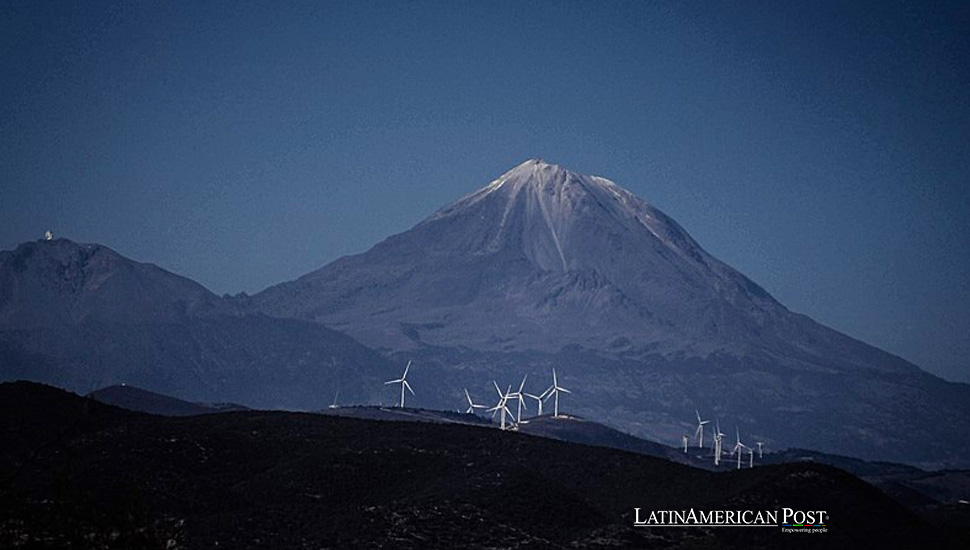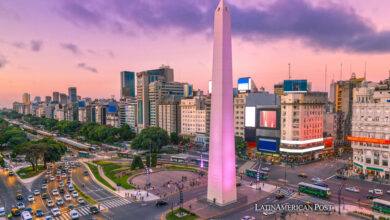Tragedy Strikes Again on Mexico’s Highest Peak: A Harsh Reminder of Climbing Risks

Two climbers have perished, and another is missing on Mexico’s Pico de Orizaba, the nation’s tallest peak, spotlighting the inherent dangers of mountain climbing and echoing similar tragedies across Latin America’s formidable landscapes.
Tragedy Strikes on Pico de Orizaba
A climbing expedition turned tragic in the shadow of Mexico’s majestic Pico de Orizaba, the highest volcanic peak in the country. Authorities in Puebla confirmed the death of two individuals from a 12-member group attempting to conquer the 18,619-foot (5,675-meter) giant, also revered by its Indigenous name, Citlaltépetl. Among the deceased was a guide leading the ascent, found at an altitude of 15,000 feet (4,600 meters). The incident has reignited concerns over mountain climbing safety in the region while the search for a third missing climber continues.
The ill-fated journey began on a hopeful note last Saturday but soon encountered challenging weather conditions, disorienting the climbers. While five managed to descend unaided by Sunday, and four were rescued, the mountain claimed two lives and left one person unaccounted for. This recent tragedy adds to a list of accidents on Pico de Orizaba, including the discovery of mummified climbers from a 1959 avalanche and the deaths of climbers in recent years, highlighting the peak’s dangerous nature.
Pico de Orizaba is not alone in its notoriety within Latin America. The Andes mountain range, stretching along South America’s spine, is home to many of the world’s highest and most treacherous peaks, such as Aconcagua in Argentina and Huascarán in Peru. While offering breathtaking vistas and challenging climbs, these mountains have also been sites of numerous accidents and fatalities. In Argentina, Aconcagua claims several lives each year, with causes ranging from acute mountain sickness to fatal falls. Peru’s Huascarán has witnessed one of the deadliest avalanches in history, the 1970 Ancash earthquake-triggered disaster, which killed thousands.
Inherent Risks of High-Altitude Climbing
These tragedies across Latin America underscore the significant risks of high-altitude climbing, including altitude sickness, unpredictable weather, and avalanches. Despite advancements in climbing equipment and weather forecasting, the mountains remain formidable adversaries. The allure of reaching the summit, of standing atop these ancient geological formations, often eclipses the inherent dangers, leading many to underestimate the mountain’s power.
Safety measures in developed countries, such as mandatory climbing permits, guided tours with experienced mountaineers, and rigorous training, have been implemented to mitigate risks. However, the implementation of such measures varies across Latin America, where the rugged terrain and remote locations complicate rescue operations. The tragedies on Pico de Orizaba highlight the need for enhanced safety protocols, including better preparation for climbers, improved weather forecasting, and stricter regulation of climbing activities.
Also read: Mexican El Mayo’s Fentanyl Charges and the Ongoing Battle Against Sinaloa Cartel’s Poisonous Legacy
The recent events on Pico de Orizaba are a poignant reminder of the respect and preparation the mountains demand. They call for a collective reevaluation of how climbers, authorities, and local communities approach the inherent dangers of mountain climbing. As we mourn the loss of life, let it also be an opportunity to advocate for more robust safety measures and education for climbers, ensuring that the beauty and challenge of Latin America’s peaks do not come at the cost of human life.





